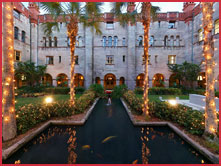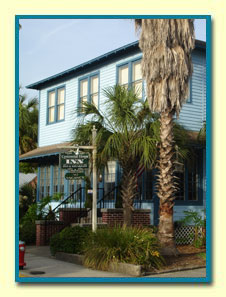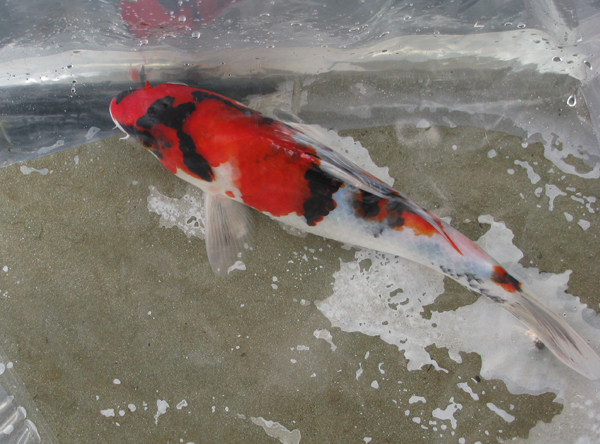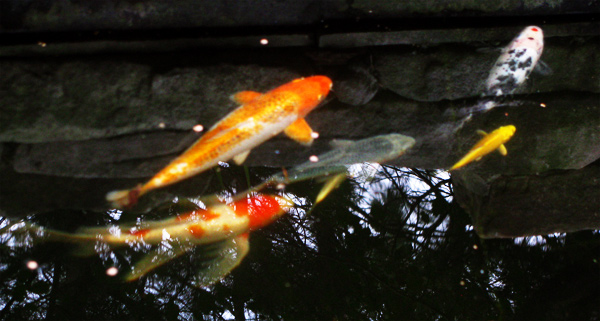After much reading and discussion with the “experts” I have learned a few things about filtration. Any well designed filter will filter water until it either clogs or creates channels for water to bypass the filter media. Maintenance is required of ALL filters. Ease of maintenance is not a guarantee of cleanliness. The goal of the filter(s) is to remove sludge, remove toxic ammonia or convert it to nitrites, convert nitrites to less harmful nitrates, and have plants remove nitrates, before water is returned. “Flush the toilet” as some would say. Fluid dynamics principles should be learned. How water flows through your filter when clean vs dirty should be considered as part of your design. Velocity of water, or Flowrate, through the filter will determine how well your mechanical and biological sections work. High flow rate brings more junk to the filter but may be too fast for good bacterial nitrification. Size recommend is 15-20% of pond volume for small and medium ponds.
Some will argue slow water (1/2 pond volume per hour) will be effective flow to accomplish clearing while others argue in favor of higher flow rates to remove solids as fast as possible, assuming appropriately sized filters. Large ponds require less flow than smaller ponds since the toxins are more dilute. Fish waste load is also critical. Filter volume plays a key role and most hobbyist will not have enough filtration, or in my case, too much flow for good biological filtration. Gravity/water replacement fed vs Pumped intake also play a role. For my size ponds most articles recommend 1hour turn over rate. All filters tend to establish a natural level of nitrification that may or may not be adequate for your pond.
Upflow, downflow, and horizontal filters all work as long as there are no easy channels for water to bypass the filter media. Some are more efficient than others. The water dispersion after entering the filter and limiting stagnant areas is important. The goal is to make contact between the toxins and the bacteria living in the media to convert the toxins. A narrow channel will be less effective than a broad channel of water media contact.
Aeration in a filter is important for growth of ammonia converting bacteria. It can be done via air pump or by introducing air into system via water flow, or by venturi. Note that most bead filters or closed pressurized filters do not contain much air and water will channel bypassing most of the media so these act mainly as a mechanical filter. Air can also be used to partially disrupt flow channels.
My System Upgrade Plan
My pump flow rate is slighly more than twice pond volume per hour (3500 GPH for 1600Gal) which removes solids quickly but may not be effectively allowing the filter bog to process ammonia and nitrates. I originally purchased my pump and skimmer with a larger pond in mind. But rocks and cold weather prevented me from doing as much excavation as I wanted to. So I have two options: reduce flow, or increase filtration. Since I will likely have a larger pond one day and I plan to remove the gravel from my bog (due to likelihood of bad bacteria growth), I will add a large filter box (or possibly two boxes).
I have some mechanical filtration with the Waterco Multi-Cyclone prefilter but it does not remove all particles or toxic chemicals. I am planning a roughly 150 gallon filter box fitted with a water distribution chamber in the bottom , a solids screening layer, 3-4 layers of biological filter matting, and gravity flow out to plant filled bog box , retuning the water over the falls to the pond. The new filter box will be be an upflow system with near bottom inlet (2″ from pump), 4″ top gravity outlet, a bottom waste drain, and a secondary top inlet for backwash. The old bog area will be emptied of gravel and filled with floating plants, anachris, and some planted plants for nitrate reduction. The plant filter will be about 150 gallons of water. Total filter area will be about 18% of pond volume.
To keep filter operating efficiently will require weekly maintenance in summer and less in cooler weather. Maintenance will include cleaning mats and draining sludge.
My Other options:
Reduce my flow rate through the new filter by purchasing a lower flow pump, I could use the current 3500 GPH pump to draw from the skimmer and pass some of the unfiltered water to the bog/plant area to maintain my waterfall effect.
Keep current pump and use two slightly smaller filter boxes and divide the flow between them. Cleaning two filters is more maintenance than just one.
Draw all water with current pump from skimmer and bottom drain. After the pump divide water between two filters sending one to the jets and one to the main filter. This is similar to what I have now but without filtration to jets. The jets filter would likely need to be a pressurized filter and would be considered mechanical only.
Other Notes:
Small ponds (< 1000 gallons) can utilize smaller filters but those filters must be cleaned often and flow rate should be high. Depends mainly on fish waste volume which may be low due to the limited size of the pond. The typical DIY barrel filter (aka skippy filter) will work for ponds up to 1500 gallons with proper flow and control of flow through the media. Don't believe that you don't have to clean them. Cleaning a filter does not mean killing all good bacteria. It means getting rid of the fish waste, bad anaerobic bacteria, and decaying plant material that will feed a new algae bloom. Use pond water to rinse media, not chlorinated city water.
I will need to consider UV sterilization in the system too, but that is another bit of research to tackle.
Crystal clear water may or may not be healthy. Know your ammonia and Nitrite levels. Also if your water is very clear your fish may get sunburned, so plan for shade structures. Green or dark water is not necessarily bad but should be evaluated regularly. Fish can benefit from the increased oxygen produced by algae as well as gain some nutritional benefits. The downside to green water is you can not asses your fishes health as easily.
The food you feed your fish may also contribute to the amount of waste. Better foods aid fish digestion and absorption so less waste is produced.
Volume of uneaten food definitely will clog your filters faster and provide food for Algae or rot and create other toxins.
I will add a picture when filter is completed. It will be a while.







